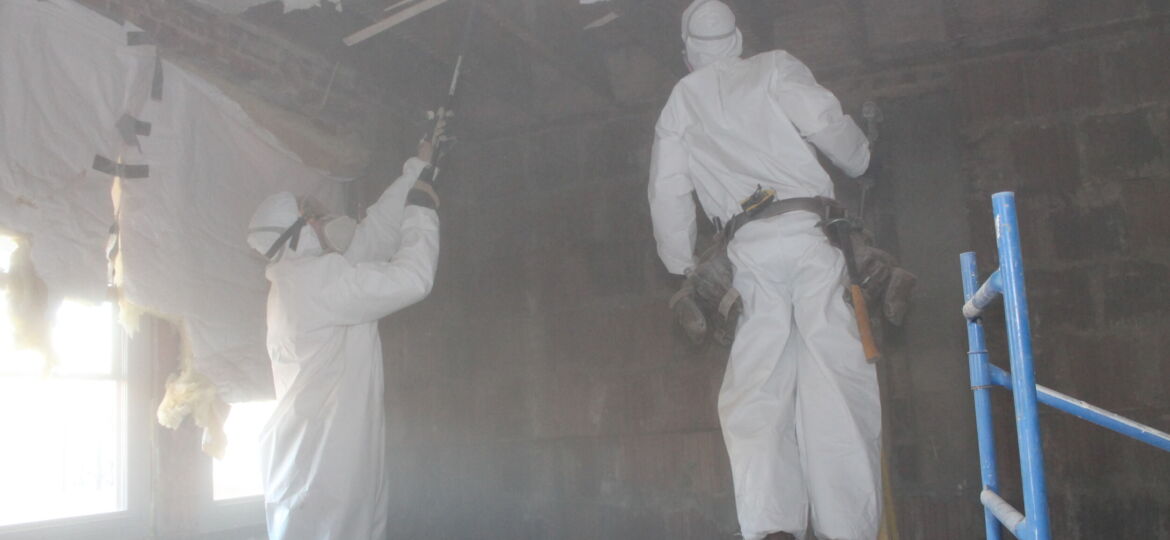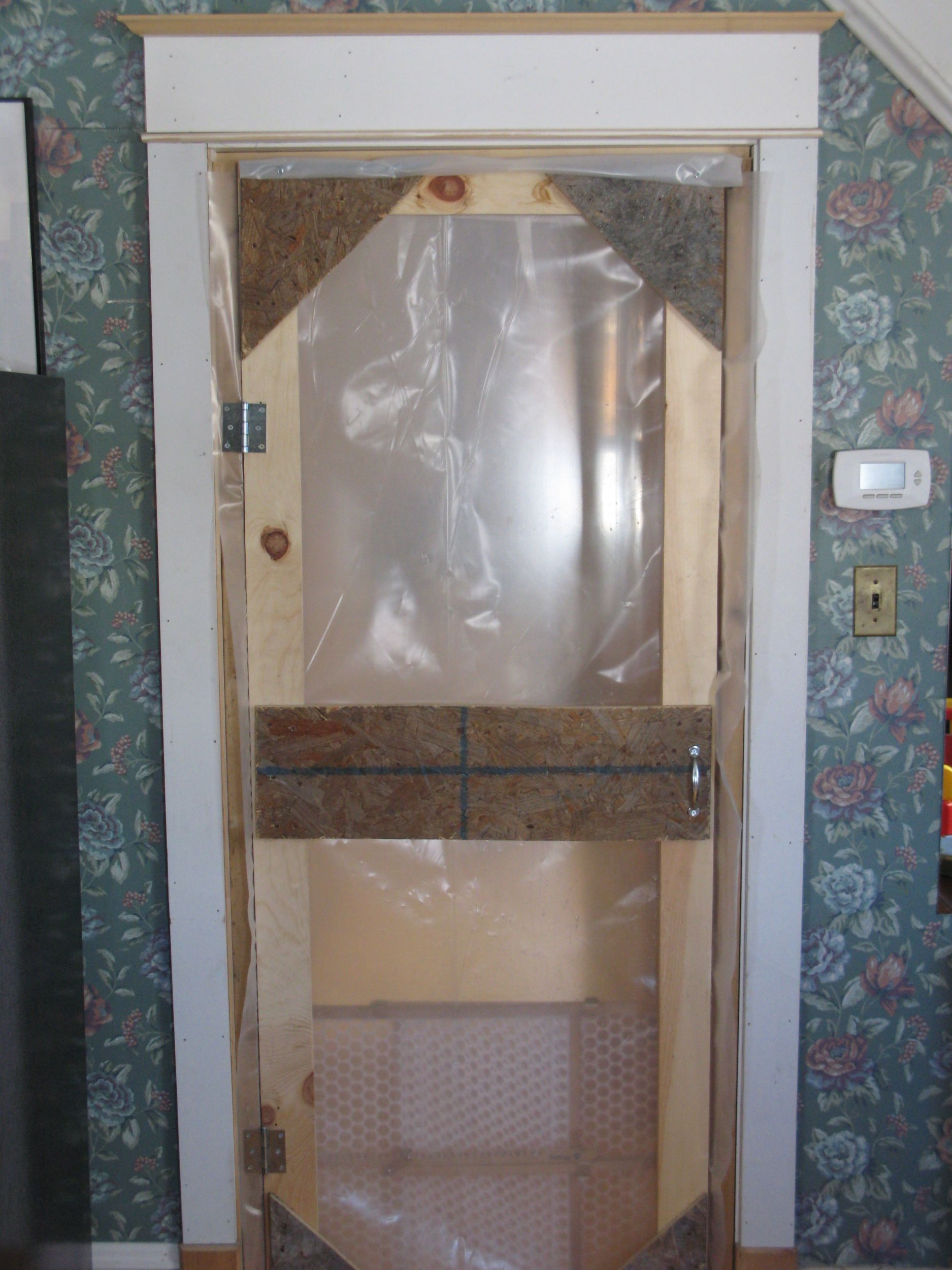
How do we control dust while remodeling a home? Well, the only way to completely control dust while remodeling a house is to never start remodeling.
Since it’s impossible to get to the desired after without dust and debris, it’s essential to plan for the dust and implement strategies to control dust spreading to the rest of the house and yard. Yes, we said yard.
Plan for the dust
Before you begin renovating or looking for a home improvement contractor to take on your house projects, think through the dust and the temporary disorganization while your possessions are not where they always go. Things have to be moved in order to access the walls, cabinets, windows, doors, lighting, and plumbing inside the spaces that are being updated. (And, once moved, those items can be placed where they won’t need a daily dusting: a big time saver.)
For example, it’s best to decide early where you’ll set up a temporary kitchen, how you’ll wash dishes, store food, and cook meals for your family. After demo begins, it’s a race to finish in a timely manner. Any time devoted to making these “lifestyle adjustment decisions” just extends the amount of time that you’ll be inconvenienced with an unfinished room.
Plus, moving furniture after demo starts is just inviting dust into the rest of the house.
Install dust-control systems
Dust is an ever-present reality of many remodeling projects and controlling it is key (especially when there may be lead paint, asbestos, or other toxins present).
One of our favorite dust-controlling products is one we make ourselves—think site-made plastic sheathed door.
Instead of sheeting the entire area with plastic or using a product that takes time to zipper open and close, we create a temporary door. When working with larger openings, we fit the temporary door in a temporary wall.
We build a 1×4 frame with 1/2-inch OSB gussets and .6-mil plastic sheeting (instead of a screen). This door holds the dust back while permitting us fast, easy egress in and out of the room.
Now what about the yard?
It may sound far-fetched, but dust can easily spread to your yard and garden through an open window. While regular homemade dust isn’t usually an issue for most plants, dust from lead or asbestos can be a big problem when launched airborne into the neighborhood.
For many years the primary concern was kids eating the flakes that peel off trim and other painted surfaces. And while it is true that eating those chips is dangerous, most kids either aren’t exposed to peeling paint or don’t eat the flakes. Moreover, they’re easy to clean up.
The real danger for most people is much larger, because it is so much smaller: Lead-infused dust.
More children and adults are exposed to the dangers of lead paint in a fine dust—rather than chip—form. And the dust, which is dangerous according to the US Environmental Protection Agency (EPA) in levels as small as one-half grain of salt, can cause developmental problems in children. Horrifying to think about.
How do you control dust?
What precautions do you take before demo to control the potential explosion of dust? How do you prepare your family (or clients) for dust?
About the Author




